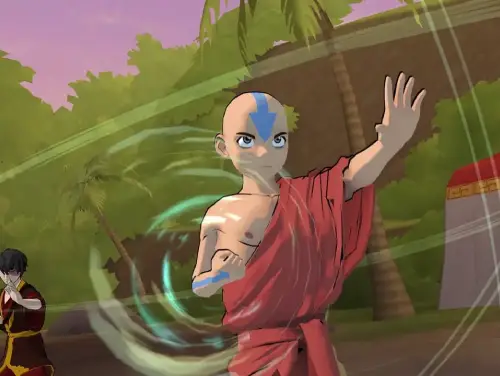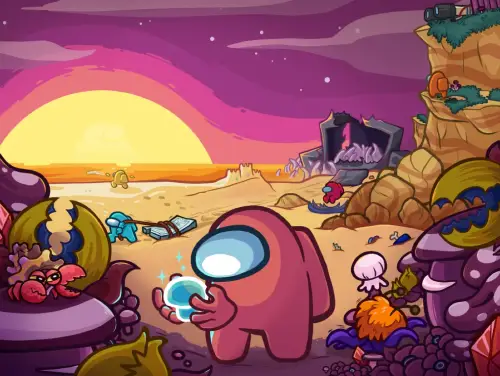Disclaimer: This blog is an updated look at the gaming industry in 2024 and contains excerpts from this original blog by Data40.com.
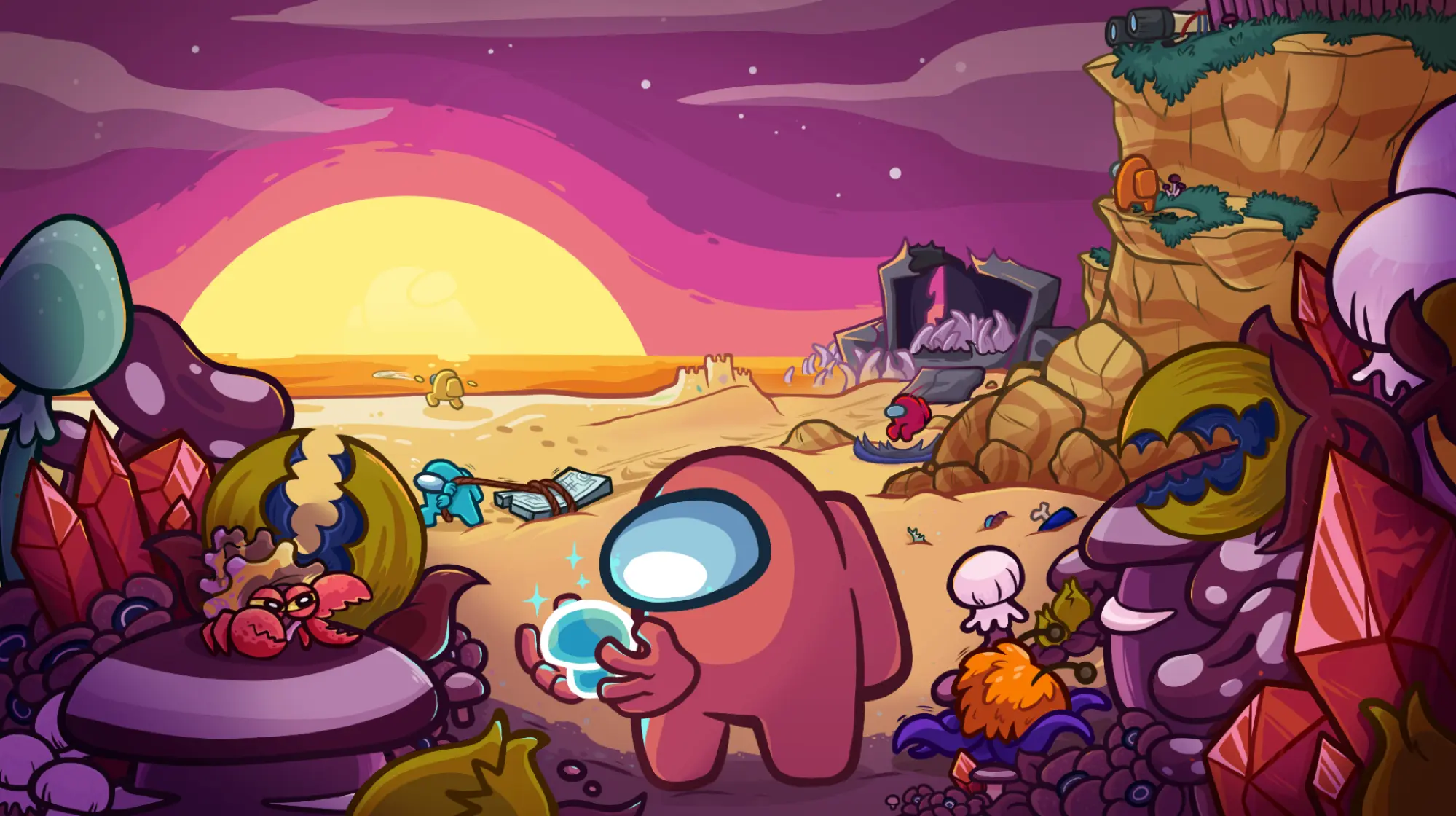
The primary goal of major studios has become profitability, leading them to avoid risks and follow market trends and player demands. This raises the question: who brings diversity to the world of online games and regularly creates new unique formats?
The answer is simple: such roles are fulfilled by independent developers, who are commonly known as “indie developers” in the gaming industry. They are not dependent on major studios and can freely experiment, taking significant risks that allow them to int
roduce fresh ideas and unconventional approaches to the gaming world.
“Indie game” is a shorthand for “independent video game” and embodies freedom of choice and creativity. Thanks to this independence and freedom of development, indie developers often focus on innovation, experimental gameplay, and taking risks that are not available to studios working on AAA games.

Indie developers not only contribute to diversity in the gaming industry but also frequently become sources of fresh and unexpected ideas. Their flexibility and freedom in choosing themes and gameplay mechanics enable them to create games that explore unique concepts and elevate the gaming experience to an entirely new level.
Small indie teams often focus on establishing deep emotional connections with players, making their creations particularly significant to the audience. They can take risks and develop experimental projects that are rarely seen in major studios. This spirit of exploration and adventurousness allows indie games to attract attention and build a loyal fan base, despite competition from gaming industry titans.
Thus, indie developers play a crucial role in enriching the world of online games, providing continuous diversity and inspiration for players and colleagues in the industry.
Examples of Smash-Hit Indie Games
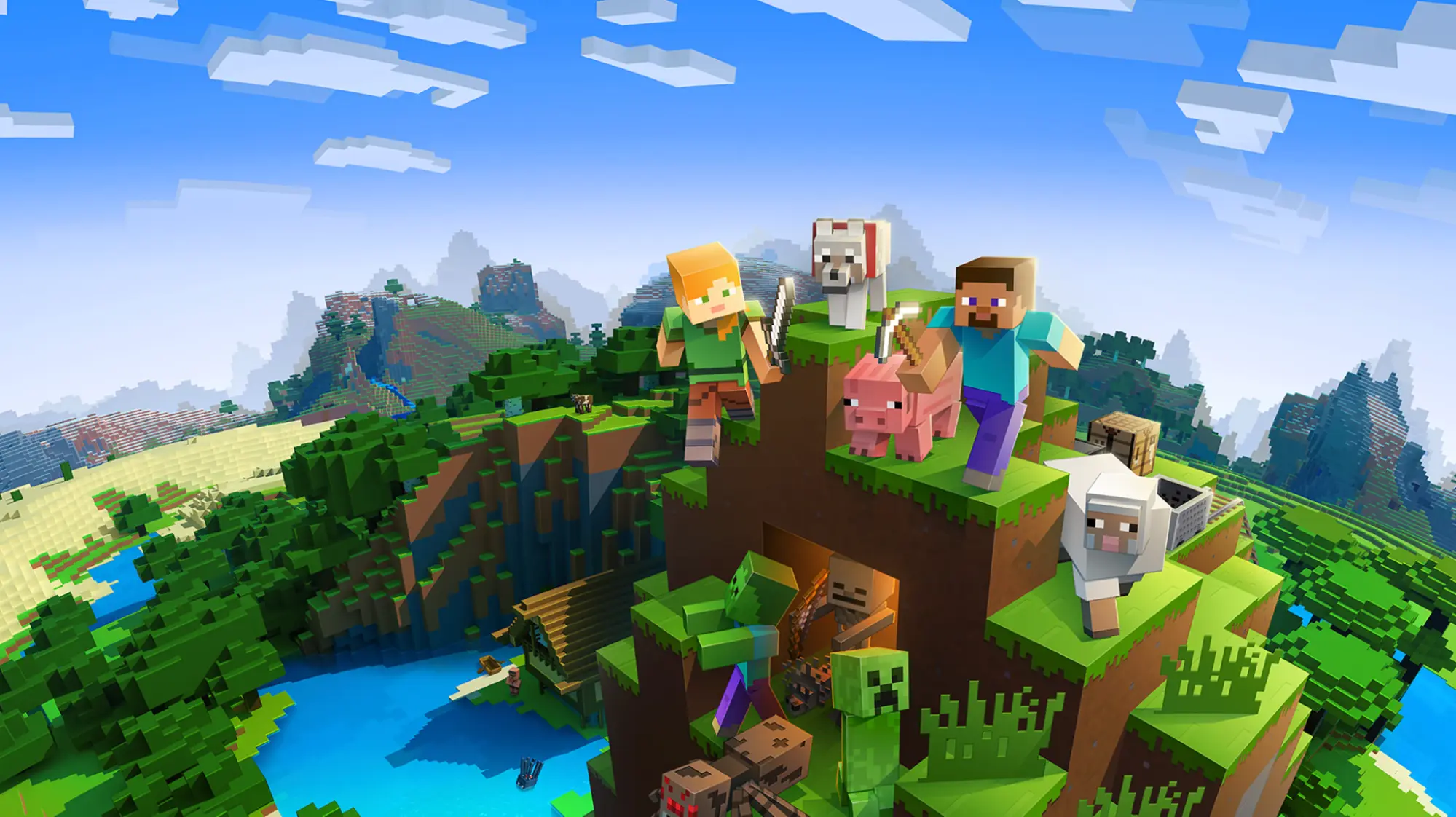
Minecraft – a sandbox game by Markus Persson, which became a cult classic. In 2014, Microsoft acquired the rights to Minecraft for $2.5 billion. Today, it is the best-selling indie game of all time.
Limbo – a dark and atmospheric puzzle platformer by Playdead. Within the first two weeks of its release, the game sold 244,000 copies, an impressive achievement. By 2013, the game’s sales exceeded 3 million copies.
Super Meat Boy – an action-platformer by Team Meat. Released on Xbox Live Arcade in October 2010 and later on PC, Super Meat Boy reached 1 million copies sold by January 2012 and 2 million by April 2013.
Angry Birds – was released for mobile devices in 2009 by the small Finnish studio Rovio. After the release of this game, major publishers became actively interested in the mobile gaming market, leading to significant financial growth that surpassed any other gaming market.
World of Goo – another indie hit developed by a two-person team, former EA employees Ron Carmel and Kyle Gabler. When World of Goo was first released for Windows and Wii in October 2008, sales figures were not announced yet, but within the first month of release, it sold over 125,000 copies. During a promotion experiment (offering the game at a pay-what-you-want price for a week in 2009), the studio earned over $100,000.
Indie Games Innovated Where Big Studios Couldn’t

Other hit games that impacted casual gamers on an international and cultural scale include mobile games such as Plants vs. Zombies, Candy Crush, Flappy Bird, and Temple Run. Some of the mechanics introduced in these hit games spawned entirely new copycat genres such as “runners” or “roguelikes”.
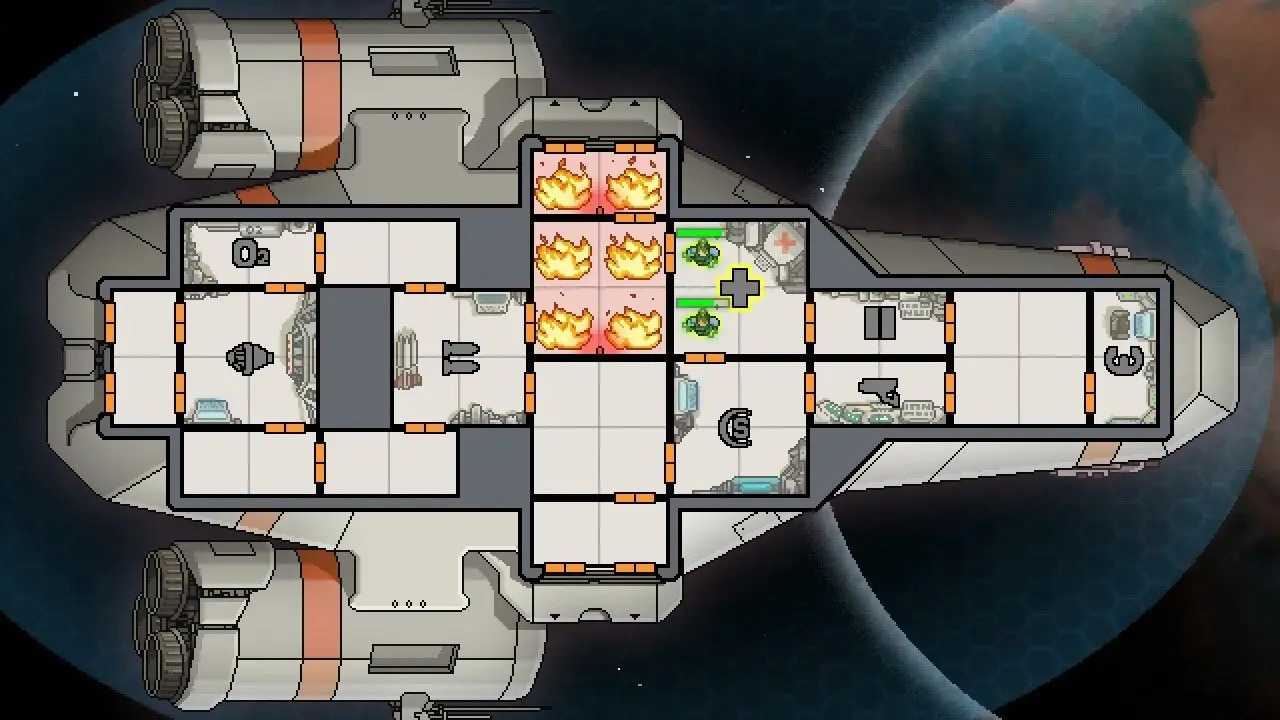
FTL: Faster Than Light, is one of the many successful “roguelike” games of recent years.
The point of a runner or roguelike game was to “do a run” (such as a dungeon or mission run) with a limited or set amount of resources, with the chance to loot or unlock more in-game items and keep them upon a successful play session but would risk losing everything upon player death, wherein the player must restart in the beginning but this time with more experience or unlocked perks.
This “endless runner” or “roguelike” game mechanic forced players to play in short bursts (catering to casual fans or mobile game players), using procedurally / randomly generated dungeons or levels and random enemy spawns and loot drops to keep the user engaged through “infinite replayability” - and it worked.
Now “roguelike mechanics” are one of the most successful and widely copied game loops in indie games today, spawning countless games too many to even begin to list.

More recently, games that focused on cooperative multiplayer with a simple concept were the biggest successes such as Among Us and Lethal Company.
Overall, the accessibility of new technologies and successful examples of early indie games served as a starting point for the development of this industry. Now, every independent developer has the chance to compete with gaming industry giants with nothing more than a great idea and enthusiasm. Over the past decade, thousands of diverse indie games have been released worldwide, and their number continues to grow with the advancement of new technologies.
Indie Game Development and its Impact on the Game Industry
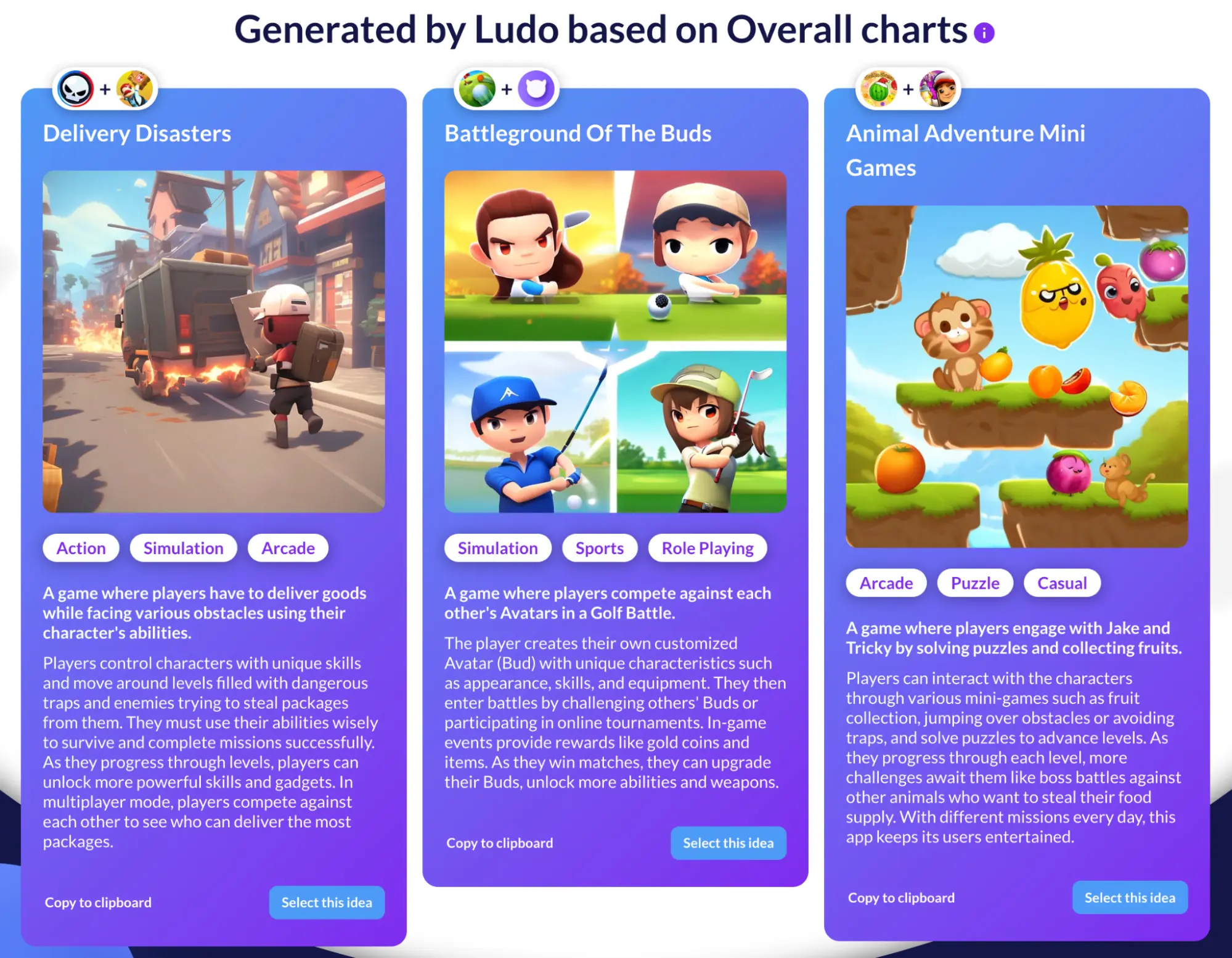
Ludo.ai removes the guesswork out of the pre-production process of indie game developers. With a full suite of game creativity tools powered by game charts data and AI, Ludo.ai allows game devs and studios alike to produce winning game concepts based on what’s trending in popularity and game revenue at the click of a button. This not only saves time but potentially thousands of dollars from creating the wrong game concept that won’t sell.
Most major publishers often stick to tried and tested formulas and genres, as commercial success is their primary goal. In contrast, indie developers offer diverse gaming projects and explore new genres and approaches.
Major studios have started paying more attention to the success of indie games and identifying popular and original concepts. Sometimes they acquire small independent studios or provide financial support to gain access to unique ideas and talented developers.
Indie games can find massive success precisely because they are not afraid of experimentation and competition, which in turn fosters the development of the gaming industry as a whole. Such courage prevents industry giants from becoming complacent and stimulates them to seek and implement innovative approaches and mechanics in their games.
Indie games have become symbols of creativity and innovation in the gaming industry, demonstrating that even small teams can create amazing and successful games.
The Economics of Indie Game Development
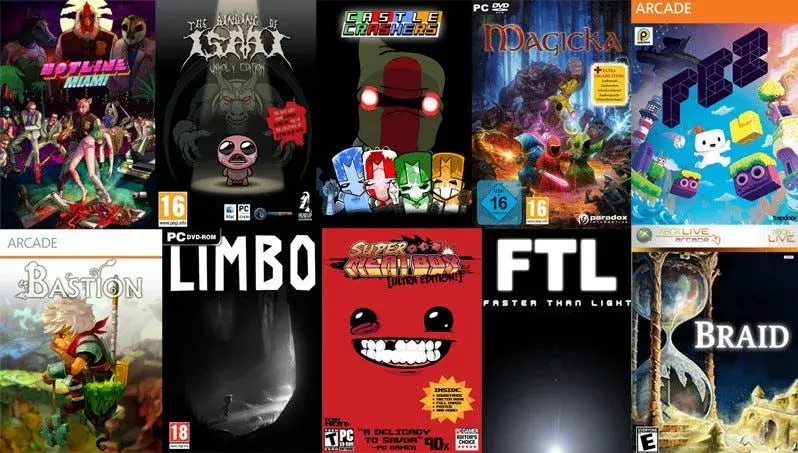
Not all indie games become hits and bring huge revenue to their creators, however. Let’s look at revenue statistics in the indie industry:
- More than 50% of indie games never surpass $4,000 in revenue.
- 2/3 of games do not exceed $10,000 in lifetime earnings.
- Successful games are considered those that exceed $50,000 in revenue.
- Only 1/3 of the top indie games achieve significant earnings. Nearly 1 in 5 indie games brings in more than $50,000.
- 9% of indie games surpass the $200,000 mark and are likely profitable.
- However, only 1% of games reach the level of over $7,000,000.
Games that fall within the top 1% and 9% are often acquired by major publishers and become massive hits, bringing in 8-digit revenue and immense popularity for the studio.
As a result, the developers not only gain financial profits but also earn recognition from the gaming community and new opportunities to create even more exciting projects.
Challenges and Perspectives for Indie Developers
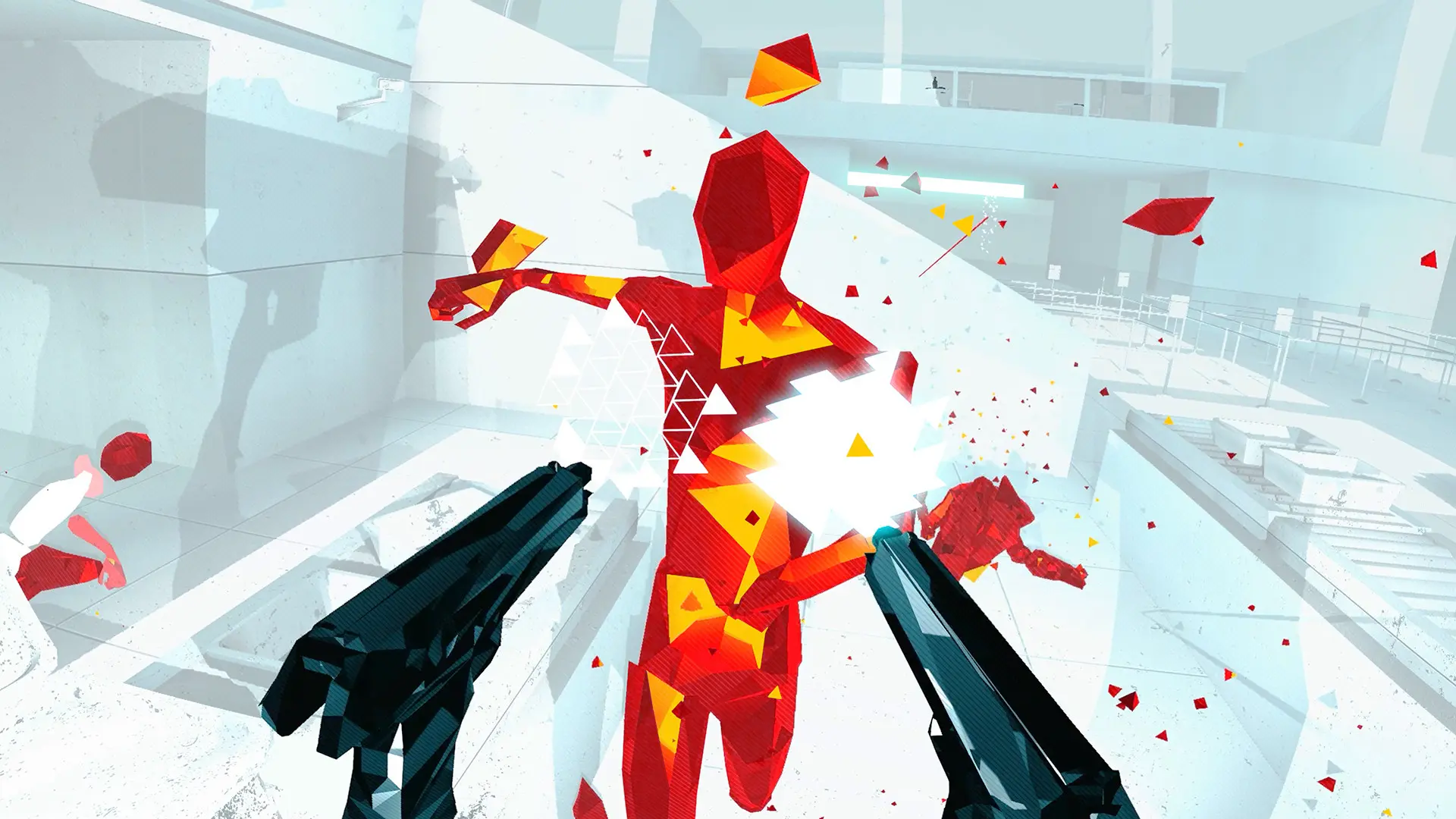
- Rapid technological advancements and players’ demands for constant innovation present difficulties for indie developers. They need to stay updated with the latest trends to remain relevant and competitive.
- The small studio, SUPERHOT Team, developed the game SUPERHOT, which quickly became popular due to a well-thought-out marketing strategy. Soon after, the studio released an expansion to the game, incorporating VR technology. Initially, it was just an add-on, but it had such a powerful impact on players that the developers decided to release it as a separate standalone game. SUPERHOT VR became a successful example of implementing new technology.
- Lack of financial resources and assets to fully realize their ideas. They must be creative in seeking funding and utilizing available tools and technologies.
- Competition and visibility: A plethora of games are released every day, leading to intense market competition. Indie developers find it challenging to distinguish their projects amid numerous other games and capture the audience’s attention. To avoid being among the 50% of developers who won’t earn more than $4,000 on their game, they must utilize the maximum potential of the contemporary landscape.
- Marketing and promotion: The lack of resources for marketing restricts indie developers’ ability to attract an audience. Effective game promotion can be complex and requires additional effort.
- Among Us was also developed by a small studio and initially gained popularity due to its intriguing concept. Through effective marketing, the game garnered more attention and eventually caught the eye of major investors, enabling the developers to expand their team, update the game with new concepts, and invest more in advertising. Today, the game has accumulated over 500,000 positive reviews on the Steam platform.
Development Perspectives and Solutions

Stardew Valley is a game developed by Eric Barone. Due to a lack of financial resources, Eric utilized free assets to create the game, which didn’t hinder him from crafting an outstanding game that gained popularity in the gaming world.
- Community and support: Indie developers have the opportunity to build a devoted community around their games. This can lead to increased sales and ensure a loyal audience for future projects.
- Accessible tools and platforms: Technological advancements have made game development more accessible. Indie developers can use ready-made engines, tools, and platforms to create high-quality games with minimal expenses.
- Emerging markets: Growing interest in games across various countries and platforms creates new opportunities for indie developers. Many countries actively develop their gaming markets, opening up new regions for sales and expanding the audience.
Crowdfunding and Investors: The popularity of crowdfunding provides indie developers with the opportunity to receive financial support for their projects without involving major publishers. Additionally, there is an increasing interest from investors in the gaming industry, which can facilitate financing for indie projects.
Promising Ideas for Development
- Virtual Reality (VR) and Augmented Reality (AR): Games for VR and AR represent a promising direction for indie developers. This technology is still developing, allowing indie studios to experiment and create unique VR and AR projects.
- Mobile Games: Mobile games continue to be popular, especially in rapidly developing markets. Indie developers can focus on creating high-quality mobile games that attract a large audience.
- Niche and Experimental Projects: Indie developers can concentrate on creating niche and experimental projects that appeal to specific audiences and offer a unique experience.
- Social and Cooperative Games: Games with a social focus and cooperative projects attract players who enjoy playing together with friends and engaging in online communities.
Conclusion
Indie developers play a crucial role in the advancement of the gaming industry, offering unique concepts and mechanics, creating breathtaking worlds, and contributing their valuable ideas.
The gaming industry continues to evolve rapidly, and technologies are constantly advancing. In this dynamic environment, indie game developers will continue to demonstrate creativity and inventiveness, crafting even more engaging and innovative games. The present time can be considered the flourishing period of the indie industry, and ahead of us lie new marvelous developments that will delight players.
Each indie developer has a unique opportunity to create a masterpiece, and it is essential to be bold in turning innovative ideas into reality. On this journey, it is also crucial to learn how to effectively promote one’s projects to make them successful and attract an audience’s attention.
Considering the significant contribution of indie developers and the rapid growth of the gaming industry, the prospects for the future look very promising. Every day, we encounter astonishing and distinctive gaming projects, and in this process, the role of indie developers becomes increasingly significant. Their talent and creative approach will continue to shape the future of the gaming industry, and players will eagerly anticipate new projects that will revolutionize our perception of games.



